“The pioneering mentality is still very much alive at BmE”
The Department of Biomedical Engineering (BmE) is celebrating its twenty-fifth anniversary. Cursor compiled some statistics for the occasion, but according to dean Maarten Merkx, what makes the department unique cannot be captured in numbers.
Thirty-three years of lobbying for a medical department in Eindhoven ultimately led to the establishment of BmE twenty-five years ago. Researchers from four different departments came together to form this new department, which has never really had its own place on campus. Even today, BmE is spread out across four different buildings: Gemini, Helix, Ceres and Flux, with Gemini soon to be exchanged for a temporary location just off campus on Fontys grounds, for about four years. Two-thirds of the department and labs will have to move to that temporary facility.
What started out as an experiment, according to Dean Maarten Merkx, has now developed into a fully-fledged department. With 286 staff members and about 1,000 students, he thinks BmE is just the right size. Everyone knows each other, or can get to know each other. It’s important to have a certain size that’s effective.” Though this is not meant to start a governance discussion now, he quickly adds. But what makes BmE unique is not the number of students, the amount of alcohol used at the department - five hundred liters a year (not for consumption) - or the number of startups founded in the past six years (nine). To grasp its essence, according to the dean, you have to look back in time.
Pioneering mentality
“The establishment of BmE resulted from a sort of coalition of the willing,” says Merkx. “The people from chemistry, mechanical engineering, physics and mathematics who came together in this department all enjoyed working across disciplinary boundaries. There was a sense of: we’re going to build this together.” Two years after its establishment, the current dean joined the department as an assistant professor. Almost all the people who were working at the department when he started, are still there today. “It was a relatively small group with a pioneering mentality. That autonomy of wanting to take responsibility and follow your own ideas is still very much alive. In a healthy way, I think.”
There is an informal culture with short lines of communication, and with collaboration being the central focus, according to Merkx. Not all research groups have their own lab; there are several shared laboratories. “That’s partly out of necessity because we don’t have much space. But more importantly, it allows for people from different research groups to work together in the labs. That fosters collaboration and shared responsibility as well.” This can take some getting used to for new employees, he says. “When they first arrive, they often ask: where is my lab? I tell them: you don't have your own lab; we already have fantastic labs and you can get to work right away.”
Innovation
Merkx has noticed that newcomers need to grow into the department’s culture. “Of course we look at academic quality, but you also have to consider whether the person thrives in this setting; we take that into account as well.” He says this is also important in terms of innovation. As dean, I can’t dictate what new developments should take place. As a department, you have to hire people who are creative, like working with other people and enjoy trying out new things. The most important thing is to create an environment that accommodates that.”
In a department that does not have its own building, physical space is scarce and has to be claimed sometimes. According to the dean, employees occasionally complain about that, and rightly so, but there is also the advantage that the labs in Helix are close to those of the chemists, and those in Gemini are close to the ones of Mechanical Engineering, which facilitates collaboration. Multidisciplinary work is in the department’s DNA. “It may sound a little contradictory to start your own department in order to do multidisciplinary work. But we did need to establish an education and research program; that wasn’t optional. You’re jointly responsible for the department and in order to build something like that together you need to have trust in one another. The university also provided that trust at the time. It was quite an experiment, but they said: go ahead and do it. The necessary resources were available. I think it’s safe to say that the experiment was successful.”
According to Merkx, the anniversary provides a great opportunity to reflect on how it all started. “It’s a good thing to look at what connects us, but also at what direction we want to go in, before we physically move a little further apart in a few months.”
Party
To celebrate the anniversary in style, there will be a big party for staff and students on Friday. Time for everyone at BmE to let loose and have fun? “I hope so,” says Merkx. “The last time we organized a big party was when we celebrated our twentieth anniversary. Back then, I had just started as the new dean and, without telling us, they came up with the idea that the former dean Peter Hilbers and I would perform as DJs (see main photo, ed.). They even made banners. It still comes up in conversation sometimes.” Merkx will not make a DJ appearance this year, but there will be a performance by the BmE band. This band has been around for a while, but has gained some new members this year. “They’ve rehearsed extra hard for the party this year.”
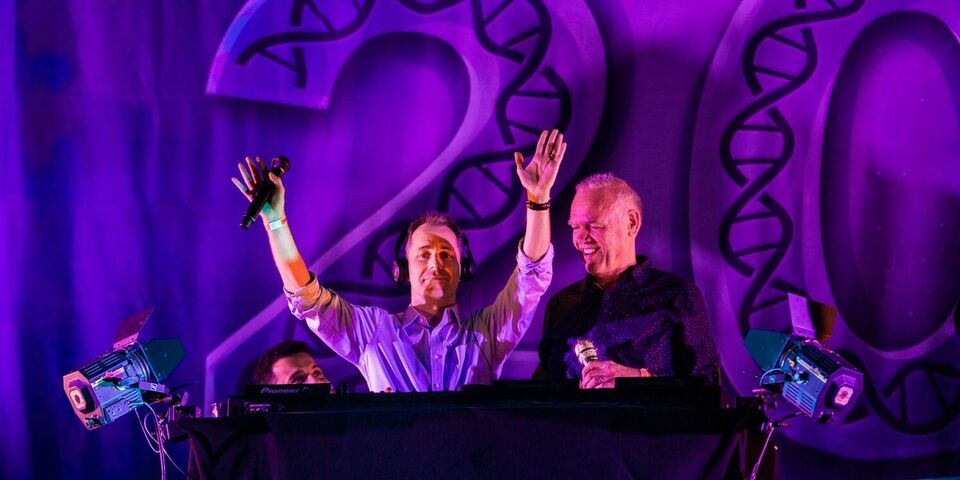

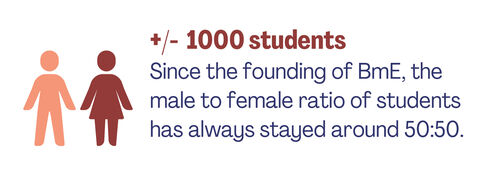

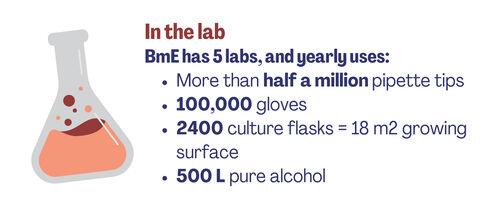

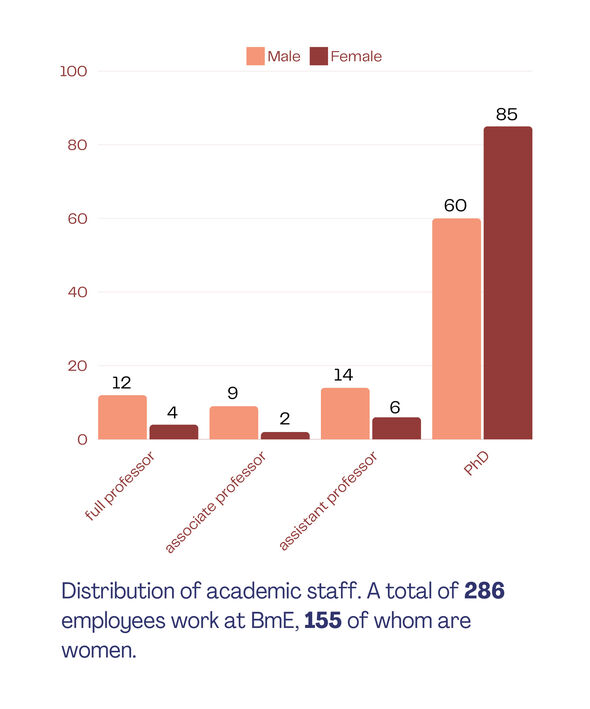
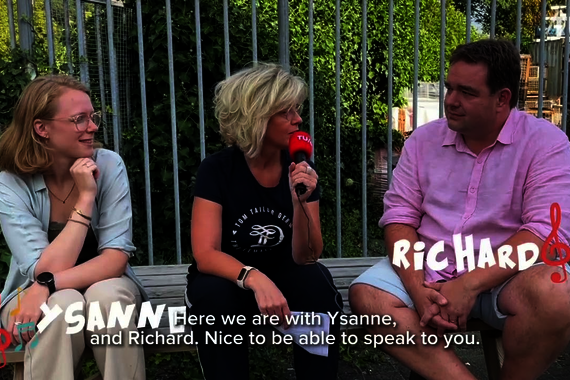
Discussion